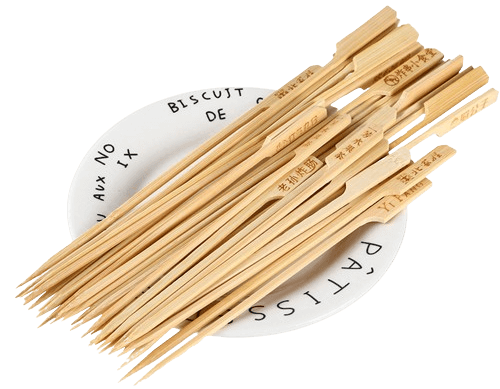Key Takeaways
| Key Points | Details |
|---|---|
| Chopstick Basics | Learn the correct grip and handling to confidently use chopsticks. |
| Cultural Significance | Understand the deep cultural importance of chopsticks across Asia. |
| Etiquette Rules | Familiarize yourself with essential dos and don’ts to avoid faux pas. |
| Practical Tips | Discover tips for handling different foods, including tricky items like rice. |
| Learning Resources | Utilize guides, videos, and practice tools for mastering chopstick use. |
I. Introduction
Chopsticks aren’t just tools for eating; they’re an integral part of the dining culture across many Asian countries. This guide, brought to you by Ecostix Global, aims to transform your approach to using chopsticks from basic to proficient, highlighting both the cultural significance and practical aspects of mastering these traditional yet timeless eating utensils.
II. The Basics of Using Chopsticks
Mastering the use of chopsticks starts with understanding their structure and the proper way to hold them:
- Holding Chopsticks: Place the first chopstick so that it rests firmly at the base of your thumb and against your ring finger. The second chopstick should be held like a pencil, using your thumb, index, and middle fingers to control its movement.
- Proper Positioning: Ensure the tips of the chopsticks are aligned to make picking up food easier. This prevents the chopsticks from crossing and slipping.
Practice Tips:
- Start with larger food items like sushi rolls or dumplings to build confidence.
- Gradually move to smaller and more challenging items, such as individual grains of rice, to enhance your dexterity.
III. Cultural Significance and Etiquette
Chopsticks carry a wealth of cultural significance, with specific practices and etiquettes varying by country:
- Japan: Never rub your chopsticks together as it implies the chopsticks are of poor quality.
- China: Do not stick your chopsticks upright in your bowl; it is reminiscent of incense burning at a funeral.
- Korea: Avoid lifting your rice bowl from the table, a practice that contrasts with other Asian customs where lifting the bowl is common.
Etiquette Tips:
- Never point with chopsticks at others or food.
- Avoid using chopsticks to pass food directly to another person’s chopsticks because this action mimics a funeral ritual in some cultures.
- Utilize a chopstick rest or lay them flat on your plate when not in use to show respect.
IV. Practical Tips and Common Mistakes
Improving your chopstick skills involves not only practice but also awareness of common mistakes:
- Avoiding Errors: Keep chopsticks parallel — crossing them can make picking up food difficult and is often considered impolite.
- Grip: Hold your chopsticks loosely enough to maneuver them easily; a tight grip can cause discomfort and reduce control.
V. Enhancing Your Chopstick Skills
Where to Practice
To truly master chopsticks, regular practice in the right settings is crucial:
- Sushi Restaurants: Ideal for beginners because sushi pieces are generally easy to pick up and allow you to practice in a real-world setting.
- Home Practice: Incorporate chopsticks into your daily meals to build muscle memory and dexterity.
- Travel Opportunities: Utilize trips to Asia to immerse yourself in the culture and practice chopsticks use in its native context.
Tools for Practice
Consider using training chopsticks, which are available for both children and adults. These aids help maintain the correct position of the chopsticks while eating and are a great way to build confidence before transitioning to traditional chopsticks.
VI. Expert Insights
Gaining insights from experts can enhance your understanding and appreciation of chopsticks. Cultural historians often discuss how chopsticks evolved from cooking tools to dining utensils. Culinary experts can provide tips on the nuances of chopstick use in various Asian cuisines. These insights help deepen your knowledge and appreciation of this dining practice.
VII. Conclusion
Mastering the use of chopsticks is more than learning a new way to eat; it’s embracing a significant cultural element deeply rooted in history. With patience and practice, you can enjoy a wide range of culinary experiences and show respect for the traditions that come with them. We encourage you to embrace the process and explore the rich cultural tapestry that chopsticks represent.
VIII. Call to Action
Now that you’ve begun your journey to mastering chopsticks, why not share your experiences or progress with us? Visit our blog to connect with others who are also on this path, and check out more resources to continue improving your skills. If you’re interested in exploring the sustainable impact of using bamboo chopsticks, learn more at our section on bamboo chopsticks sustainable practices.
This article has equipped you with the fundamental skills and cultural knowledge necessary to start using chopsticks adeptly. For further guidance on maintaining and caring for your bamboo chopsticks to ensure their longevity and sustainability, please visit our detailed guide on how to clean bamboo chopsticks. Embrace this new skill with confidence and curiosity, and let it enhance your dining experiences.



